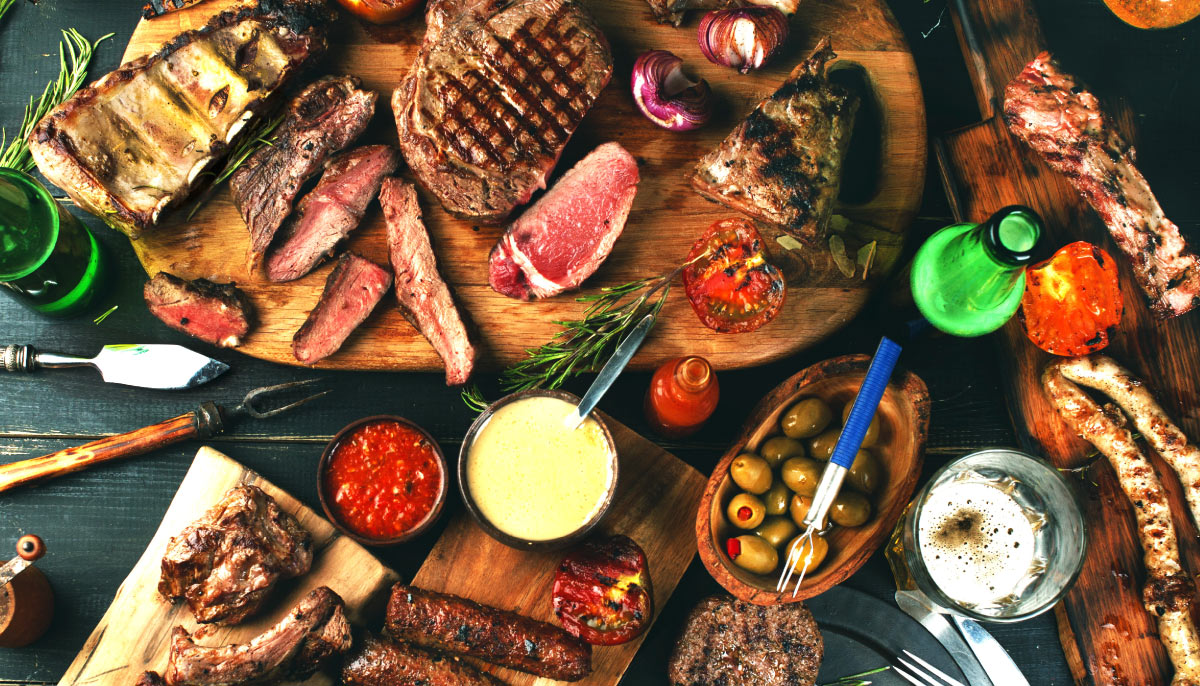Adobe Stock
Getting the proper amount of nutrients not only depends on what you eat but how you cook your food. Different methods of preparing your meals can greatly affect how much of the good stuff is left when you consume it.

Eating raw fruits and vegetables gives you the maximum nutrient benefit, but for meals, you may want to cook them. Most meats and seafood also require cooking. Find out which cooking methods preserve the most nutrients and which ones may leave you with a delicious meal but fewer vitamins and minerals.
Vitamins that are water-soluble including vitamin C, and B, as well as, fat-soluble vitamins A, D, E, and K are particularly susceptible to nutrient-reduction during cooking. Minerals including potassium, magnesium, sodium, and calcium also take a hit based on how they are cooked.
Vegetables are an excellent source of vitamin C; however, since vitamin C is water-soluble, a large amount of the vitamin C contents are lost when cooked in water. Boiling can reduce vitamin C content more than any other cooking method. As much as 50% of the nutrients are lost when boiling.
By simmering, you can retain many of the nutrients by consuming the liquid that runs off of the vegetables. You’ll get 100% of the nutrients, as well as, 70-90% of the B vitamins. B vitamins are heat-sensitive; therefore, they lose some of their nutrients when exposed to heat.
If you’re looking for Omega-3 fatty acid, boiling and simmering won’t make a difference. When compared to microwaving or frying, Omega-3 fatty acids are mostly preserved when cooking in water.
Grilling and broiling are both similar methods of cooking. When grilling, the heat source is below the food and when broiling it is above. These methods of cooking result in nutrient-rich juices coming out of meat.
Aside from losing nutrients, grilling and broiling can produce polycyclic aromatic hydrocarbons (PAHs) which have been linked to cancer. PAHs are formed when meat drippings hit a hot surface. When drippings are removed, and smoke is minimized, researchers estimate that between 41-89% of PAHs are reduced.
Other dry heat methods including roasting and baking are better options; however, due to the longer cooking times vitamin B declines by about 40%. Vitamin C on the other hand is minimally affected by roasting.
There’s great news if you love the convenience and quick meal prepping capabilities of a microwave. Microwaving your food to cook it is actually one of the best methods for nutrient preservation. Only about 20-30% of the vitamin C is lost when microwaving which is far less than many other methods of cooking vegetables.
Due to the short cooking times, more nutrients are preserved, making microwavable meals not only a family favorite but also a healthy choice.